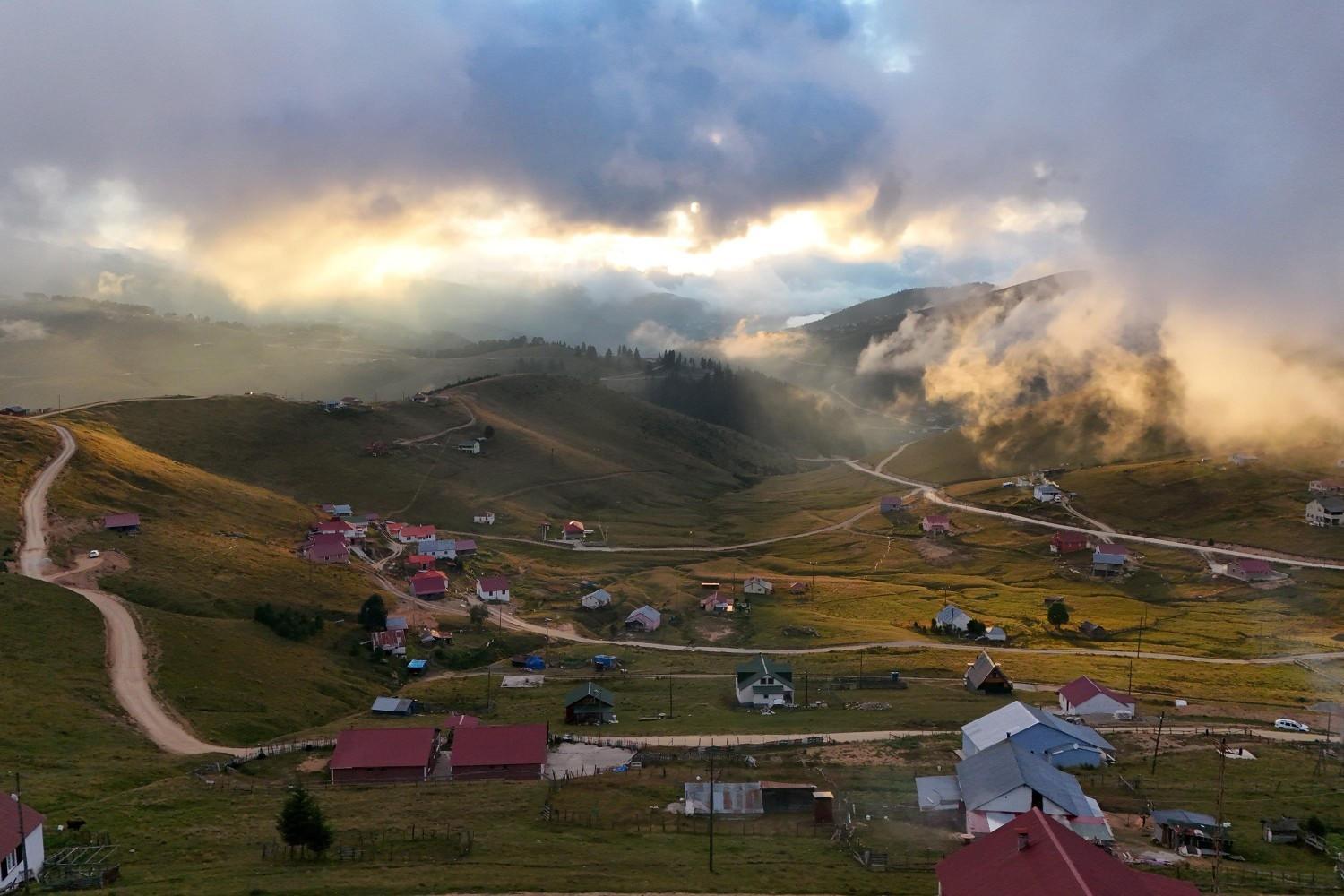
As the climate crisis escalates, soaring temperatures and wildfires worldwide, including in Türkiye’s cherished holiday spots, are reshaping travel trends, nudging vacationers to explore new destinations.
Domestic tourists are now turning toward the cooler northern regions. Tourism professionals report a decline in August sales in southern regions, with cancellations on the rise, while demand for cultural tours in Western and Central Black Sea regions has surged by 20 percent.
Climate change has begun to influence vacation preferences.
Forest fires linked to extreme heat have become life-threatening across nearly every country in the Northern Hemisphere’s summer season. In Türkiye, images of fires in southern and western resort towns have prompted travelers to reconsider their plans.
Those who overcome visa challenges are opting for tours in Central and Northern Europe, while domestic tourists are heading to the relatively cooler Black Sea region.
A study conducted at Boğaziçi University reveals that climate comfort along Türkiye’s Mediterranean, Aegean and Marmara coasts will deteriorate significantly between 2026 and 2050.
The research indicates that extreme summer heat and rising humidity levels will negatively affect tourists’ physical comfort, making vacation experiences more difficult. This is expected to lead to a decline in visitor numbers and shorter stays. Tourism professionals note that travelers tend to seek alternative destinations in response to such adverse conditions.
İlham Seyyale, head of cultural tourism at TÜRSAB, stated that the effects of climate change have become increasingly evident.
“There are virtually no forest fires in the Black Sea region. This is reassuring for vacationers. People now check rainfall, forest density, and fire risk before choosing a destination. Western and Central Black Sea stand out in this regard,” he said.
Seyyale noted that reservation cancellations have occurred and that August sales have dropped by approximately 20 percent compared to last year.
Highlighting the unique combination of sea and greenery in the Black Sea region, Seyyale said there has been a notable increase in cultural tours to the Western and Central Black Sea. However, he pointed out a decline in Eastern Black Sea tours, attributing it to high prices for domestic tourists due to strong demand from Middle Eastern visitors.
Demand for cultural tours in Western and Central Black Sea has risen by 15 to 20 percent compared to last year, with Bartın, Sinop, Samsun, Ordu and Giresun being the most popular destinations, he added.
According to TÜRSAB Chief Adviser Hamit Kuk, tourism activity slows down in regions affected by fires.
“Travel bookings drop during fire periods. Whether this trend is permanent remains to be seen,” Kuk said.
He emphasized that wildfires are not the only reason for the shift toward milder destinations. Extreme heat is also prompting tourists to seek new options, according to Kuk.
“Individual vacation activities are on the rise. As people become more conscious of privacy, they prefer less crowded places. The number of travelers choosing alternative routes such as caravan tourism, tiny houses, camping and trekking increases by 10 to 15 percent each year,” Kuk added.